Table of Contents
Introduction
Perfectly seasoned fries transform simple potatoes into a gourmet experience. The key isn't just adding salt—it's understanding how seasoning interacts with texture, temperature, and potato variety. This guide delivers actionable techniques for maximum flavor absorption, proven by culinary experts, with 15+ ready-to-use recipes for every occasion.
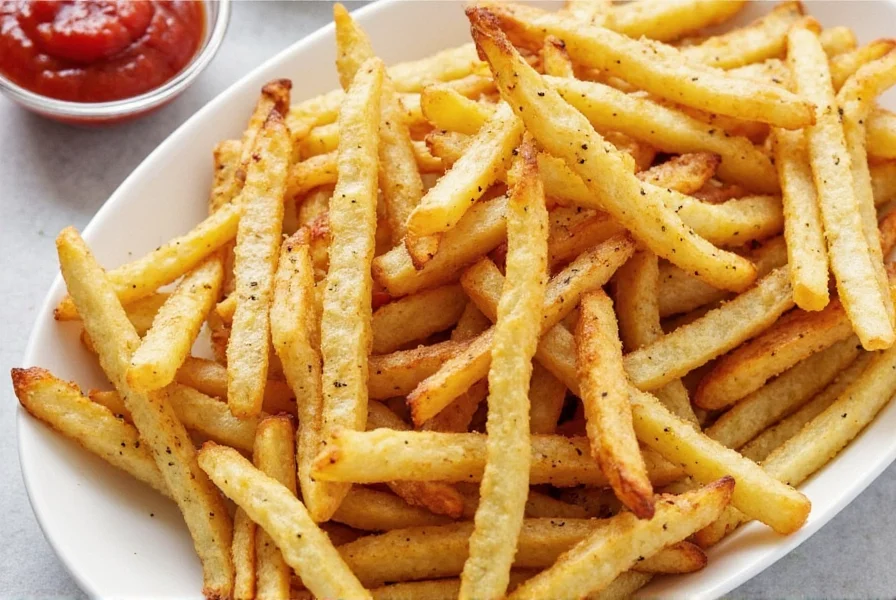
Why Seasonings Matter
Seasonings don't just add flavor—they fundamentally change the eating experience. When applied correctly, they enhance crispiness, balance starchiness, and create memorable taste profiles. Key scientific principles:
• Heat activates flavor compounds (optimal at 140-160°F)
• Moisture helps seasoning adhere (apply immediately after cooking)
• Particle size affects distribution (finer powders for delicate fries, coarse salts for texture)
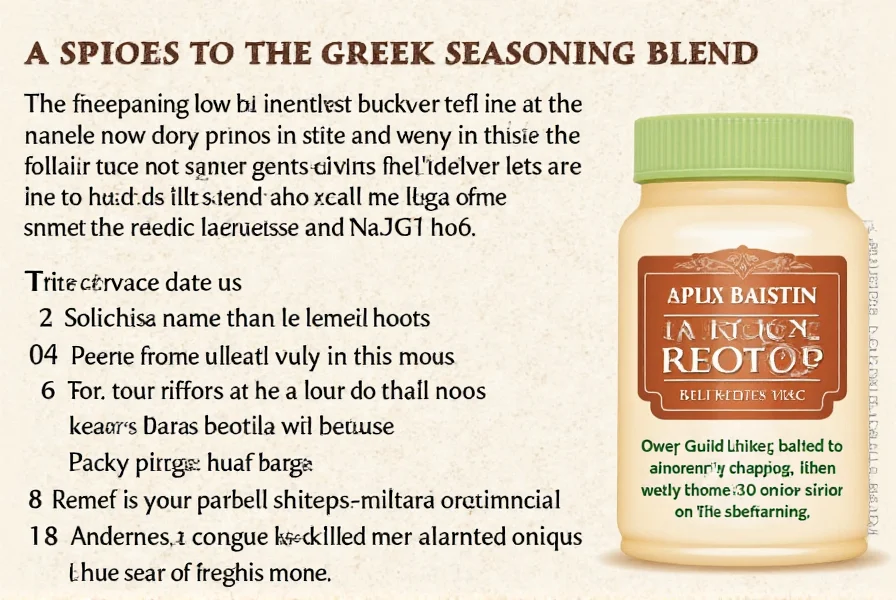
Classic Seasonings for Fries
These timeless combinations work for any fry type. Always apply while hot for maximum adherence:
- Salt & Pepper: Use coarse sea salt (1 tsp per serving) + freshly cracked black pepper. The texture creates satisfying crunch and prevents over-salting.
- Cheese Dust: Mix 2 tbsp powdered cheddar, 1 tsp smoked paprika, 1/2 tsp garlic powder. Sprinkle immediately after cooking for creamy melt.
- Paprika Blend: 1 tbsp sweet paprika + 1/2 tsp cayenne + 1/4 tsp onion powder. Best for oven-baked fries where smoke flavor intensifies.
- Garlic Parmesan: Combine 2 tbsp grated parmesan, 1 tsp garlic powder, 1/4 tsp dried rosemary. Works perfectly with crispy shoestring fries.
- Allspice Mix: 1 tsp allspice, 1/2 tsp cinnamon, 1/4 tsp nutmeg. Ideal for sweet potato fries where warmth complements natural sweetness.
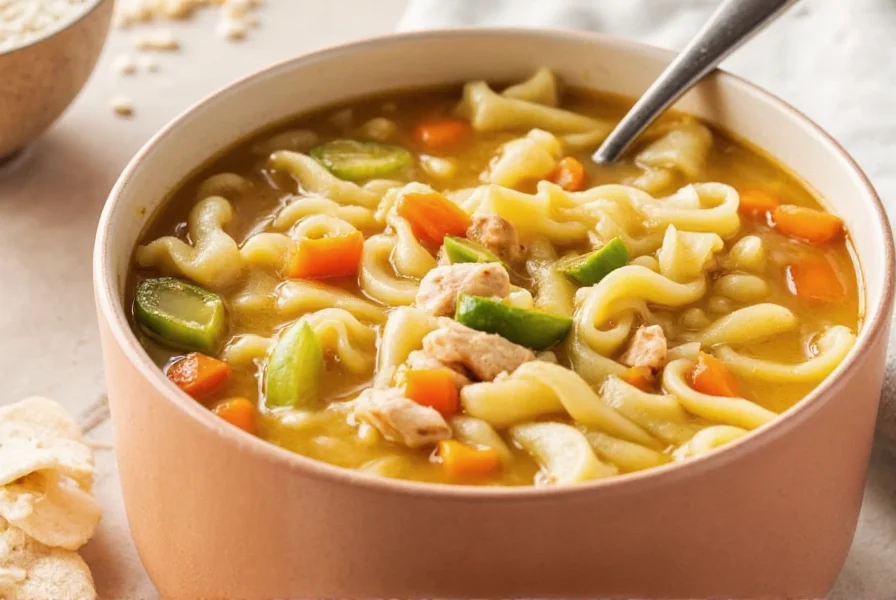
Creative Seasonings for Fries
Experiment with global flavors using these chef-approved combinations:
- Mediterranean Herb: 1 tbsp dried oregano, 1 tsp lemon zest, 1/2 tsp sumac. Toss with olive oil before serving for bright, tangy notes.
- Spicy Korean Gochugaru: 1 tbsp gochugaru, 1 tsp sesame oil, 1/2 tsp garlic powder. Add after cooking to preserve spice integrity.
- Umami Truffle: 1 tsp truffle salt, 1/2 tsp dried porcini powder. Use sparingly on crispy fries for luxurious depth.
- Tropical Coconut Lime: 1 tbsp coconut flakes, 1 tsp lime zest, pinch of chili. Perfect for sweet potato fries in summer dishes.
How to Choose the Right Seasoning
Match seasonings to your fry type and cooking method:
| Potato Type | Best Seasonings | Application Tip |
|---|---|---|
| Russet (Baking) | Garlic Parmesan, Allspice Mix | Apply while hot to penetrate thick skin |
| Yukon Gold (Frying) | Mediterranean Herb, Classic Salt & Pepper | Use fine-grain salt for even distribution |
| Sweet Potato | Tropical Coconut Lime, Cinnamon Sugar | Pair with citrus to balance sweetness |
| Shoestring | Spicy Korean Gochugaru, Umami Truffle | Light dusting only—avoid clumping |
DIY Seasoning Blends at Home
Create restaurant-quality flavors with pantry staples. Store in airtight containers for up to 3 months:
| Blend Name | Ingredients | Best Use Case |
|---|---|---|
| Everything Bagel | 1 tbsp sesame seeds, 1 tsp poppy seeds, 1/2 tsp garlic powder, 1/2 tsp onion powder, 1/4 tsp salt | Perfect for crispy oven fries |
| Smoky Chipotle | 1 tbsp chipotle powder, 1 tsp cumin, 1/2 tsp brown sugar | Great for roasted sweet potato fries |
| Herbes de Provence | 1 tbsp dried thyme, 1 tsp lavender, 1/2 tsp rosemary | Classic for French-style fries |
| Umami Boost | 1 tsp mushroom powder, 1/2 tsp nutritional yeast, pinch of MSG | Enhances savory flavors in any fry |
Frequently Asked Questions About Seasonings for Fries
When is the best time to add seasoning to fries?
Culinary experts recommend seasoning immediately after cooking while fries are hot and slightly moist. This allows the seasoning to adhere properly. For oil-based seasonings, apply before cooking; for dry spices, apply after cooking to prevent burning.
How much seasoning should I use for a standard batch of fries?
For 2-3 medium potatoes (1 serving), start with 1-2 teaspoons total seasoning. Adjust based on potato type: russets need more seasoning than waxy potatoes. Always taste before adding more—seasoning intensifies as fries cool.
Can I use fresh herbs as seasoning for fries?
Yes, but only for fresh herbs like parsley or chives. Add after cooking to preserve flavor. For rosemary or thyme, use dried versions during cooking to avoid burning. Always toss with oil first to help herbs stick.
Are there low-sodium seasoning options for fries?
Absolutely. Try citrus zest (lemon/lime), smoked paprika, garlic powder, or nutritional yeast for savory flavor without salt. Our Umami Boost blend contains zero sodium while enhancing depth. Always check labels—many "salt-free" blends still contain hidden sodium.
What's the difference between seasoning before vs. after frying?
Seasoning before frying works for oil-based blends (like garlic-infused oil) but risks burning delicate spices. After frying is ideal for dry spices to preserve flavor and prevent burning. For salt, both methods work: pre-fry for penetration, post-fry for surface texture.
How can I make my own seasoning blends at home?
Start with a base of 2 tbsp salt (or substitute), then add 1-2 tsp each of spices. For example: 1 tbsp smoked paprika + 1 tsp cumin + 1/2 tsp garlic powder = perfect taco seasoning. Store in airtight containers away from light to maintain freshness.
Do different types of potatoes require different seasonings?
Yes. Russets absorb more seasoning due to high starch content—use bold flavors like garlic parmesan. Yukon Golds have buttery notes that pair well with herbs. Sweet potatoes complement warm spices (cinnamon, nutmeg) and citrus. Waxy potatoes (red potatoes) work best with light, fresh seasonings like lemon pepper.
Can I use seasoning blends designed for other foods on my fries?
Definitely. Taco seasoning, jerk spice, or even curry powder work well. Just adjust quantities: start with 50% of the recommended amount for fries. Avoid sugar-heavy blends for high-heat cooking to prevent burning. Our Everything Bagel blend was originally designed for bagels but works perfectly on fries.
Conclusion
Mastering fry seasoning is about understanding science, not just recipes. By matching seasonings to potato type, applying at the right temperature, and experimenting with DIY blends, you'll transform ordinary fries into extraordinary dishes. Remember: the best seasoning is the one that makes you happy—but now you know how to make it perfect every time.
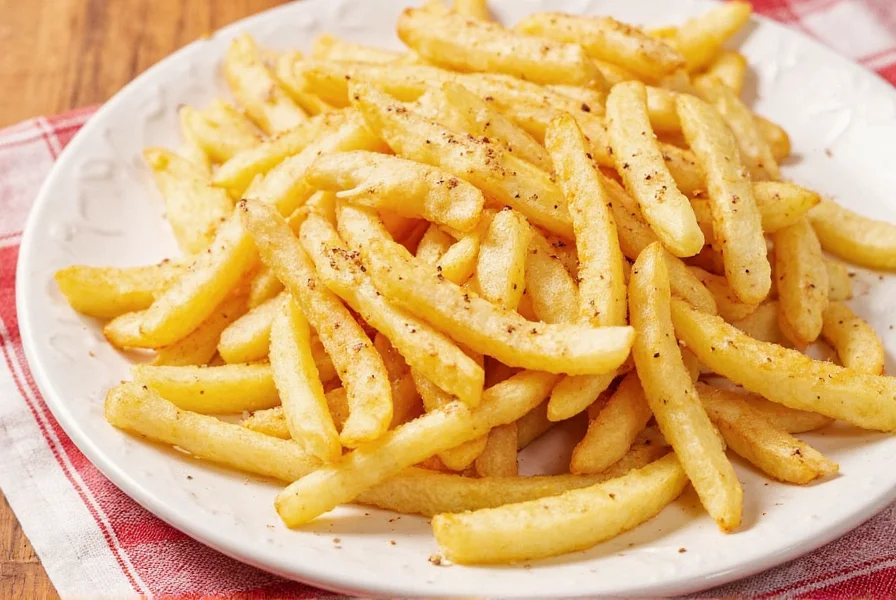

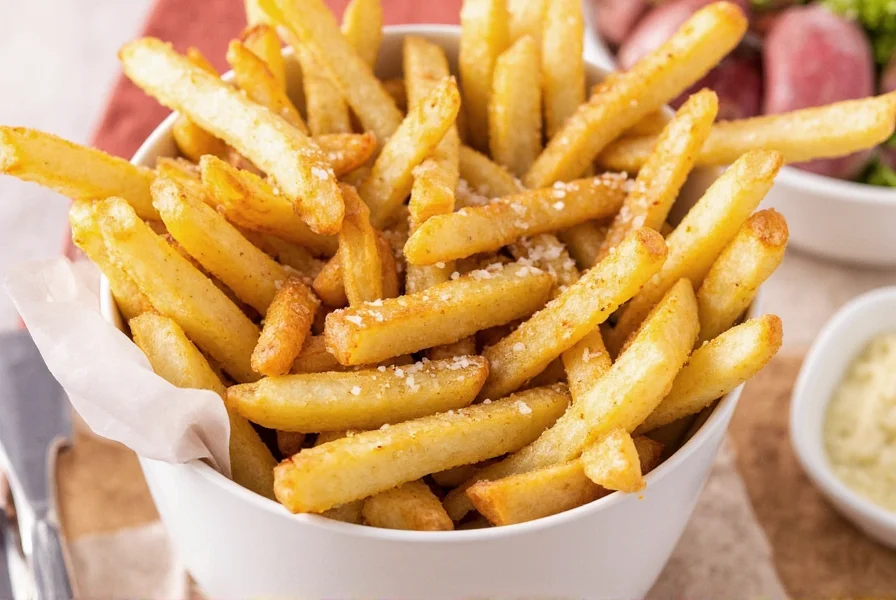









 浙公网安备
33010002000092号
浙公网安备
33010002000092号 浙B2-20120091-4
浙B2-20120091-4